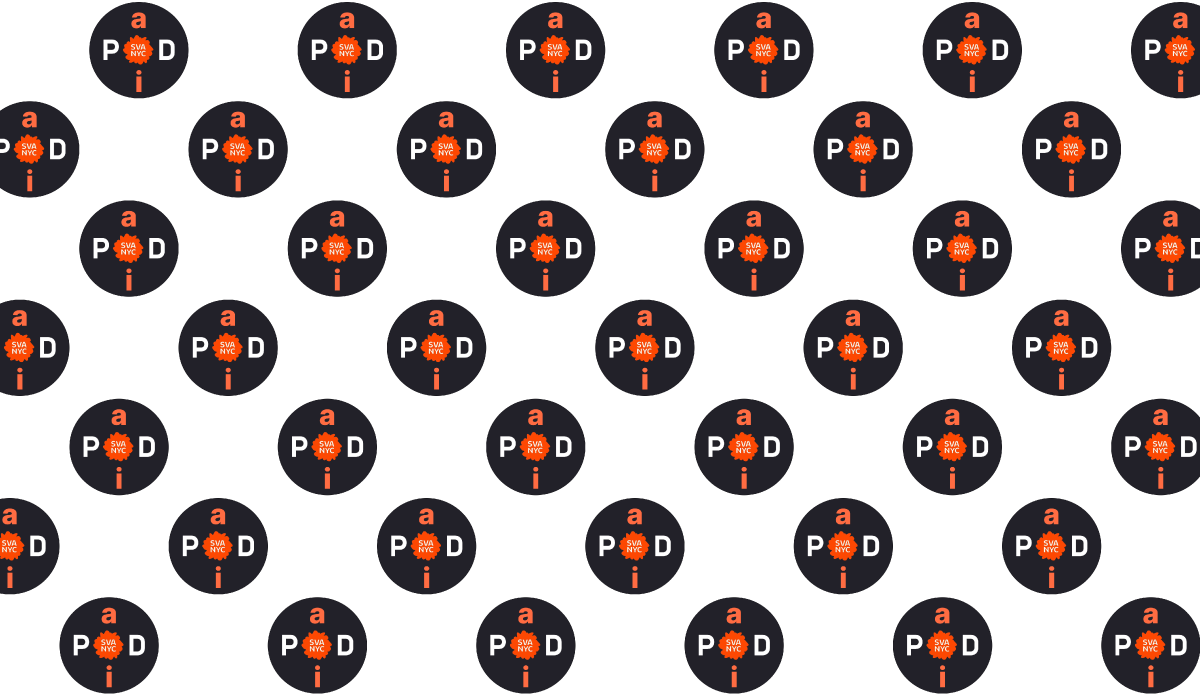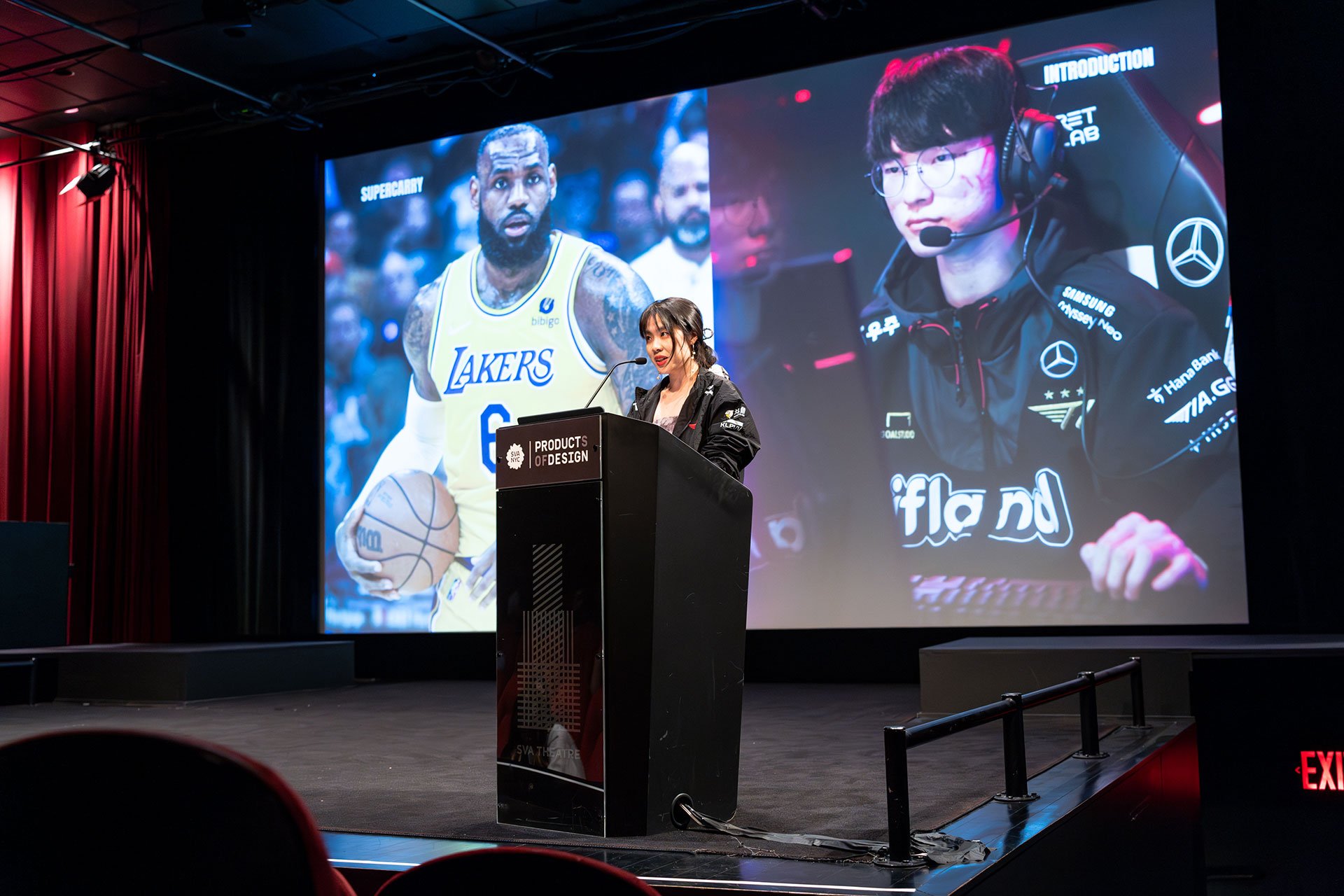Department Blog
Department news, events, and snapshots of student life at SVA in New York City.
Rollling admissions still open!
〰️
Rollling admissions still open! 〰️
Featured Posts
All Blog Posts
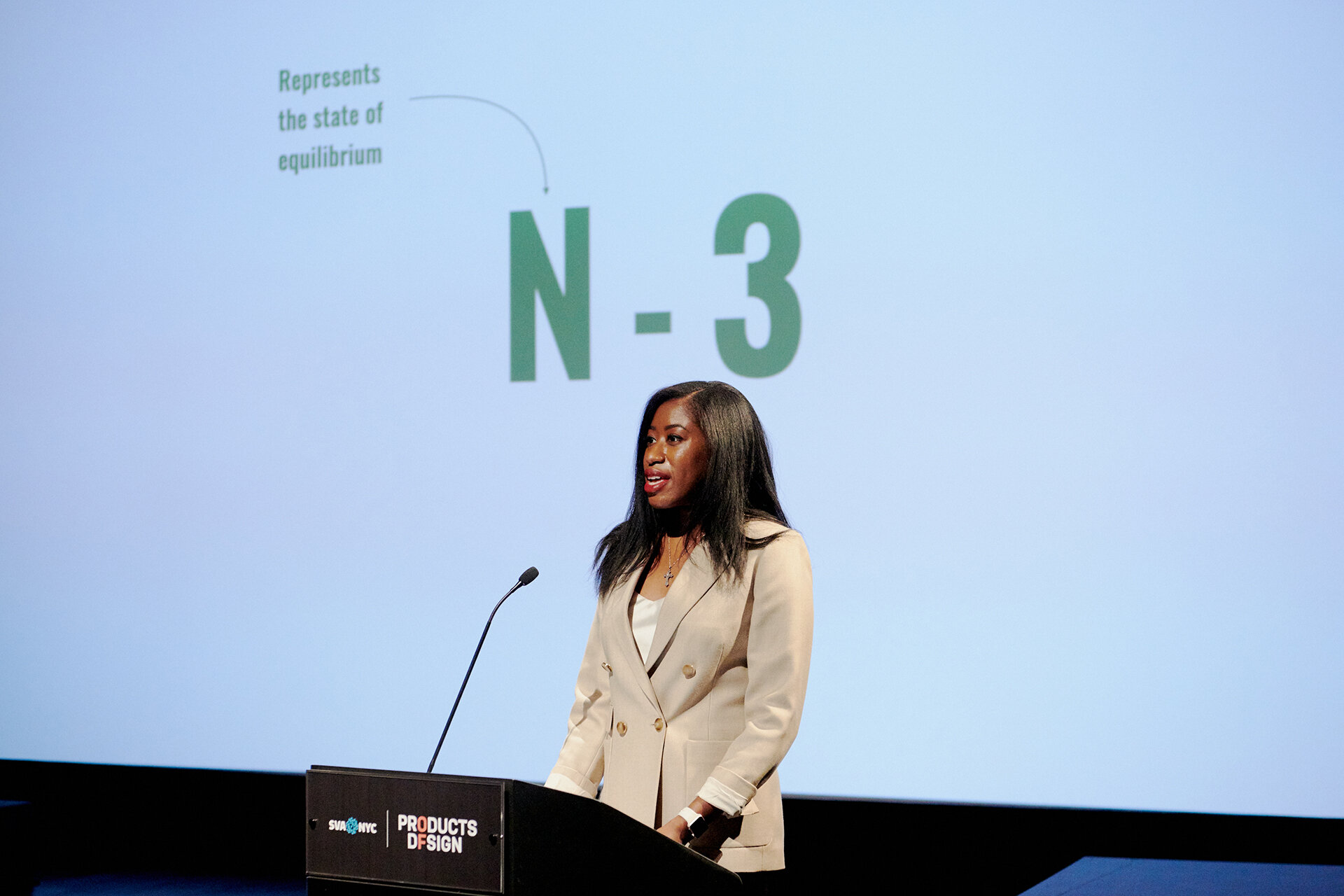
N-3+Me: Urban Resilience at Human Scale
Regena Paloma Reyes is a service designer, New York City resident, and urban enthusiast. Her thesis, N-3+Me: Urban Resilience at Human Scale, investigates factors that promote adaptability in city-dwellers during times of crisis. Urban communities seem more likely to suffer significant losses in unnatural catastrophes, from infrastructure failure to terror threats due to their high population density. The ensuing collection of research and product design examines how resilience can be at its greatest in urban environments, and how city spaces, diverse populations, and the expansive interpersonal networks that arise therein can be used to create cultures of preparedness at individual, interpersonal, and community scales.
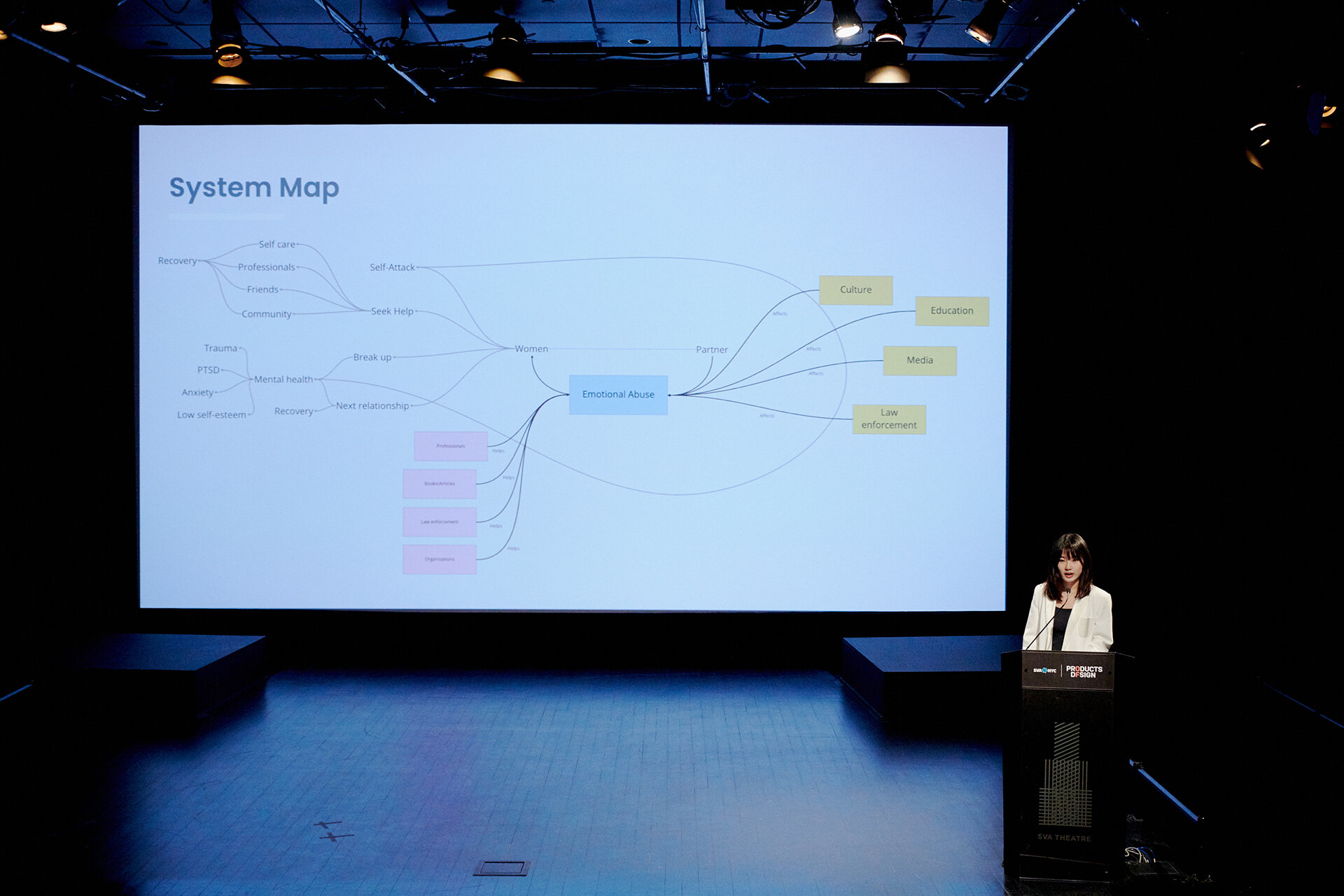
Out From Control: Design Interventions Around Emotional Abuse
Xiaohan Miao's thesis, Out From Control: Design Interventions Around Emotional Abuse, is an in-depth analysis of emotional abuse towards women in relationships. While researching the complexity of emotional abuse, Xiaohan decided to zero in on the healing process from a personal angle—an individual woman’s journey. This body of thesis work proposes solutions to transform the narratives around emotional abuse, raise awareness, validate women's intuition, and takes the form of interventions such as a new social network for victims and the reimagining of self-care through journaling.
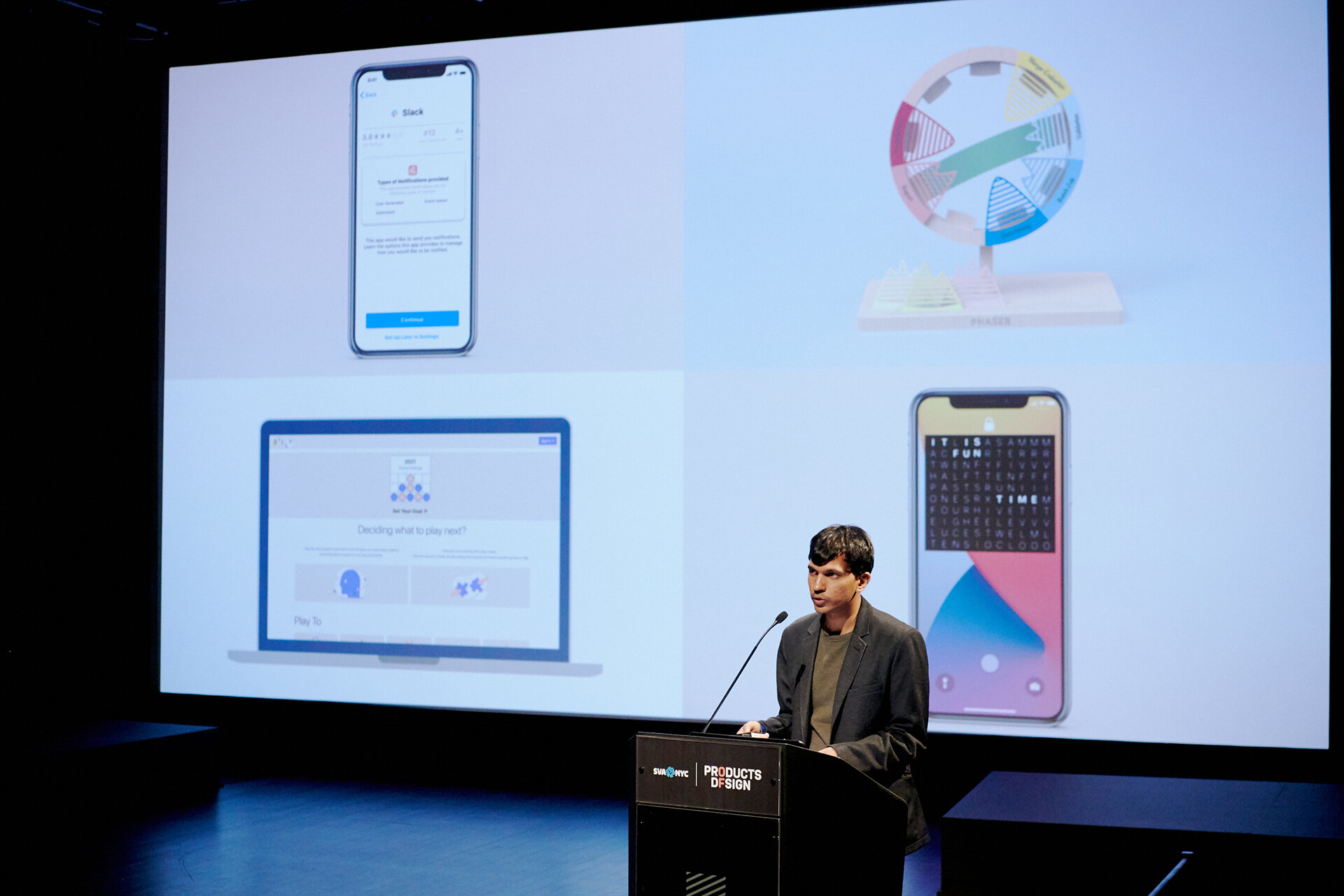
Overwhelmed: Work, Play, Time, and Design
Karan Mahendra Bansal’s thesis, Overwhelmed: Work, Play, Time, and Design, investigates Time Poverty in the context of knowledge workers. Defined as the state or condition in which an individual lacks the discretionary time required for activities to build their social and human capital, he asserts that the underlying reason for Time Poverty is not the lack of time, but the lack of choice. Roughly 80% of American knowledge workers feel that they never have enough time to do the things they want to, and collectively fail to utilize approximately 700 million vacation days each year. Startled by the magnitude of this fact, Karan began to explore our complicated relationship with time.
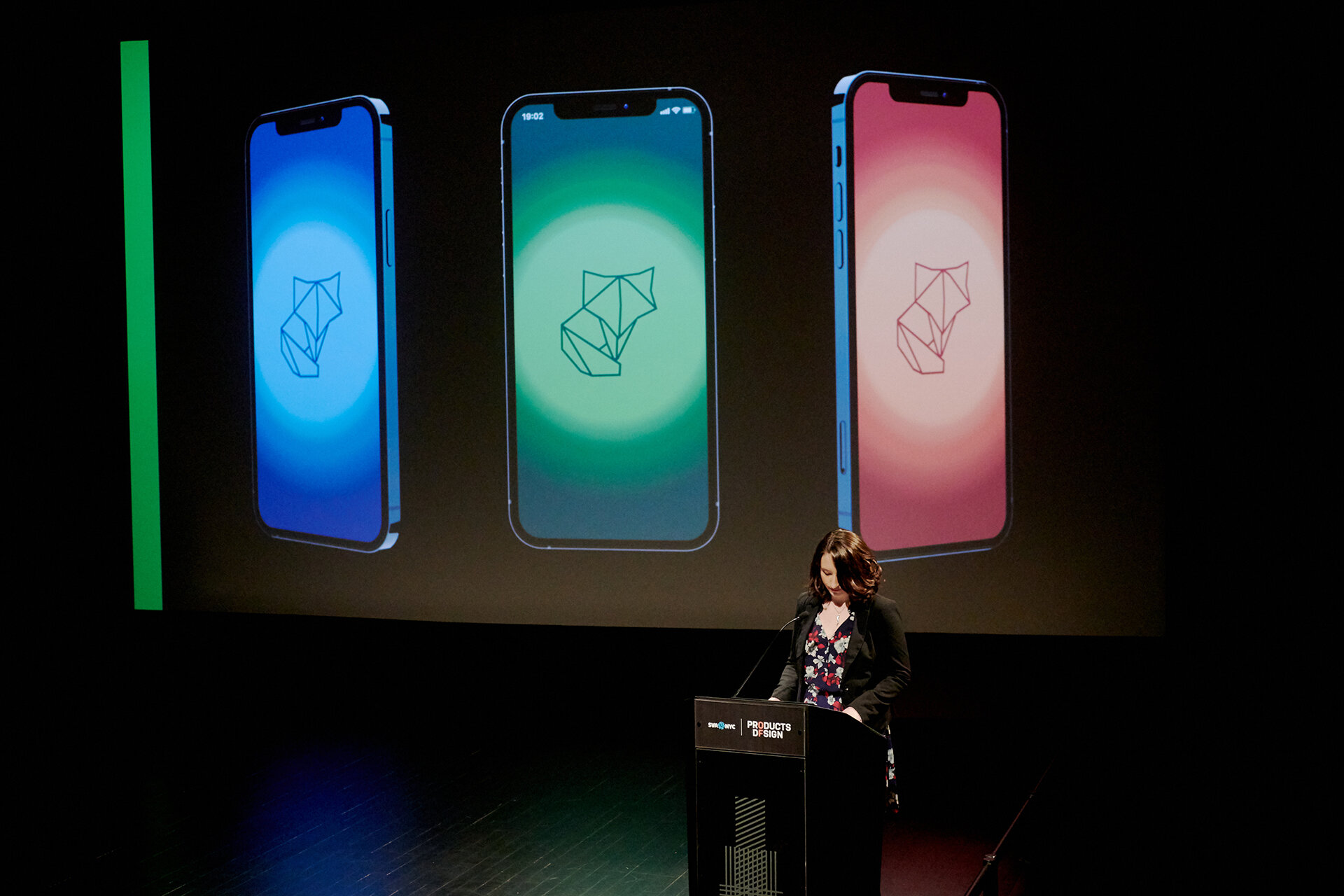
The Uncommon Core: A Design Exploration of Active Education for Kinesthetic Learners
Bethany Fronhofer, who was homeschooled for the majority of her school years, has experienced many types of learning. These ranged from training a team of oxen to writing fiction to taking traditional math and science classes. As a hands-on learner, she was dissatisfied with the heavy bias toward lectures and reading/writing assignments in public school classes. Her thesis, The Uncommon Core: A Design Exploration of Active Education for Kinesthetic Learners, questions how and why educational design prioritizes some styles of learning over others and creates a space to consider new ways of including hands-on learning in curriculums and educational environments.
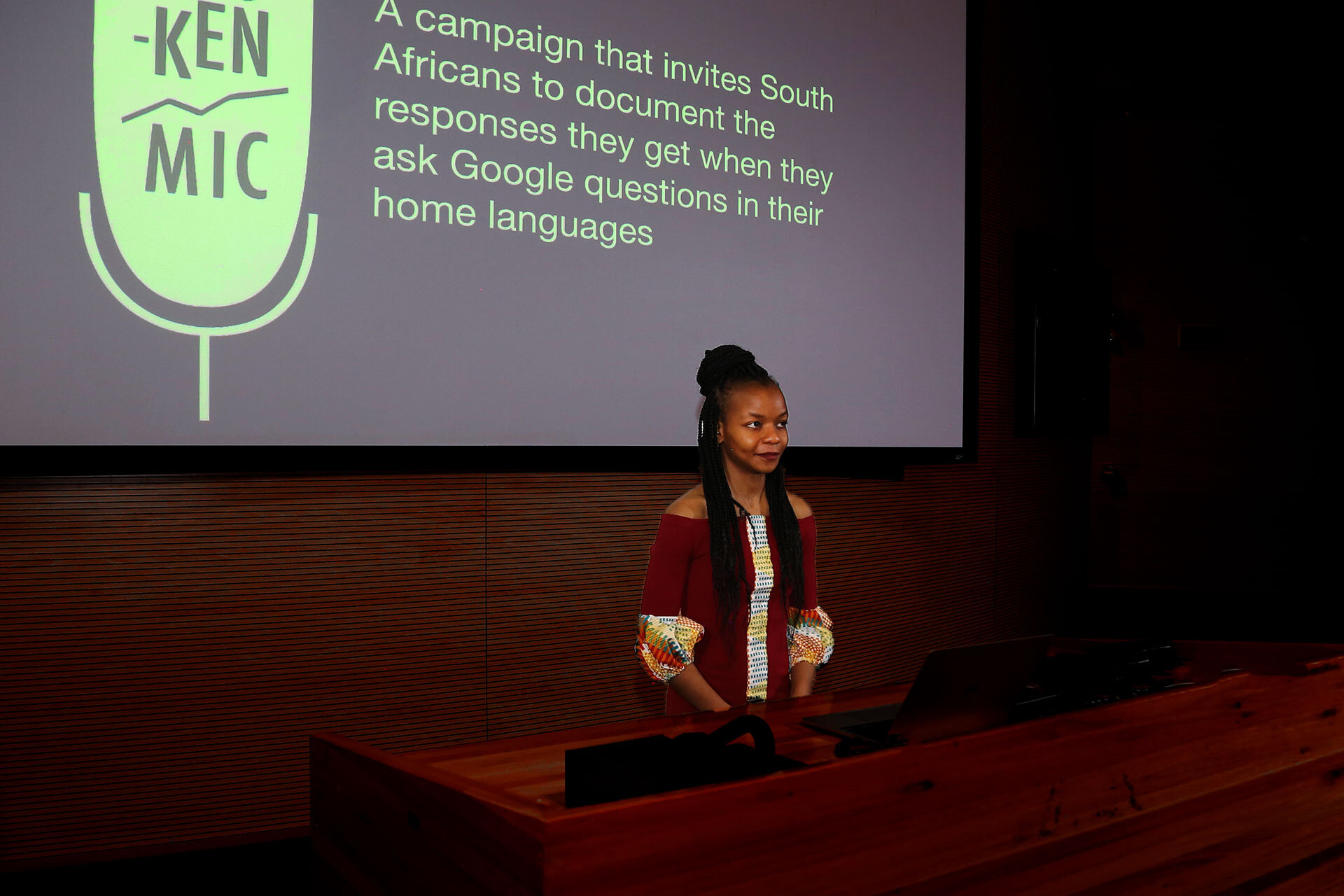
Language In Language Out: Natural Language Processing in the Context of Indigenous South African Languages
As a digital native who cannot imagine life without the conveniences of technology, Kgothatso Lephoko observed that of the 11 official languages in her home country South Africa, there are 9 indigenous languages that are underrepresented in the technology used thus limiting access to 46 million people, representing 79% of the population. Common applications of natural language processing (NLP), which is broadly defined as the ways in which computers understand and communicate with human language, include spell checking, machine translation, search engines, chat bots and voice interfaces such as Siri and Alexa.
Kgothatso’s thesis, Language In Language Out: Natural Language Processing in the Context of Indigenous South African Languages, explores the extent to which indigenous language speakers in South Africa are disadvantaged by technologies that exclude their languages and how she can use design to contribute to the development of more equitable tools to address this problem.
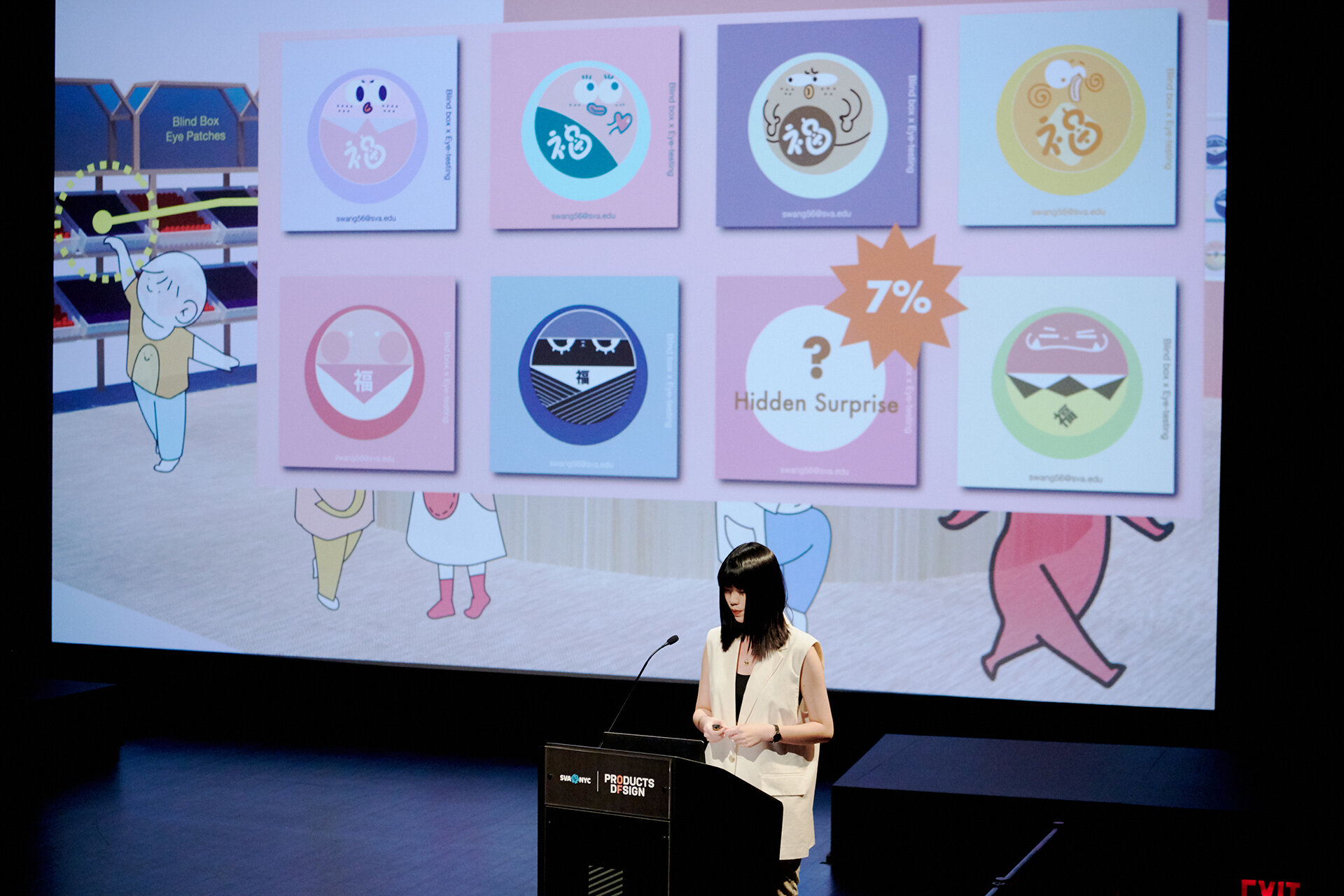
Buying Possibilities: The Double Edge of Blind Box Culture
In Shuyi Wang’s thesis, Buying Possibilities: The Double Edge of Blind Box Culture, she explains that "Blind Box'' is not a new concept; it is a popular buying mechanism in which users make a purchase without knowing what they have bought—at least, not until after they’ve opened it. The positive mechanism of the blind box is its ability to surprise people with the unexpectable. The negative is its ability to make users addicted and trigger impulsive behavior. She expands her thesis to include the social impact of the smartphone as a virtual blind box. Through her designs, she seeks to utilize the blind box’s positive mechanism to motivate and inspire children, and to help people disconnect from their phones in order to better focus and socialize. Her goal is to combat the pitfalls of the blind box’s negative mechanism by revaluing items and reintroducing the joy of surprise, thereby reinvigorating the beauty and power of real-life interpersonal connections.

Sparks: Marriage, Connection, and Design
All relationships require work, and the effort one puts into maintaining a marriage directly impacts its quality. Crystal Lo's thesis, Sparks: Marriage, Connection, and Design, presents solutions to improve satisfaction and rekindle passion in long-term marriages when couples feel their relationships are strained.

Meet You on the Steps: Museums as Social Experiences
Yiming Xu’s thesis, Meet You on the Steps: Museums as Social Experiences, reimagines the visitor experience and impression of art museums. Her thesis questions how design can balance the power relationship between institution and visitor, facilitate visitors' autonomy and satisfaction, cultivate art accomplishments through daily life, and eliminate cultural barriers and stereotypes surrounding conventional art museums.

The Scattered Billion: Designing for the Grey Economy
Having lived most of his life interacting with the local economy in Mumbai, Siddhant Goyle began examining the complex and scattered nature of what many experts call "the underground economy." The informal sector has to be classified as illegal, unlawful, and underground by nature because vendors and businesses are operating without a legal permit. This permit enables one to sell goods or services within defined legal parameters. Furthermore, it mandates the charging and payment of taxes, thereby ensuring that the holder fulfills their responsibilities to the government while operating a profitable business. Siddhant's thesis, The Scattered Billion: Designing for the Grey Economy, interrogates the informal sector's scattered nature and the people interacting with it daily.


